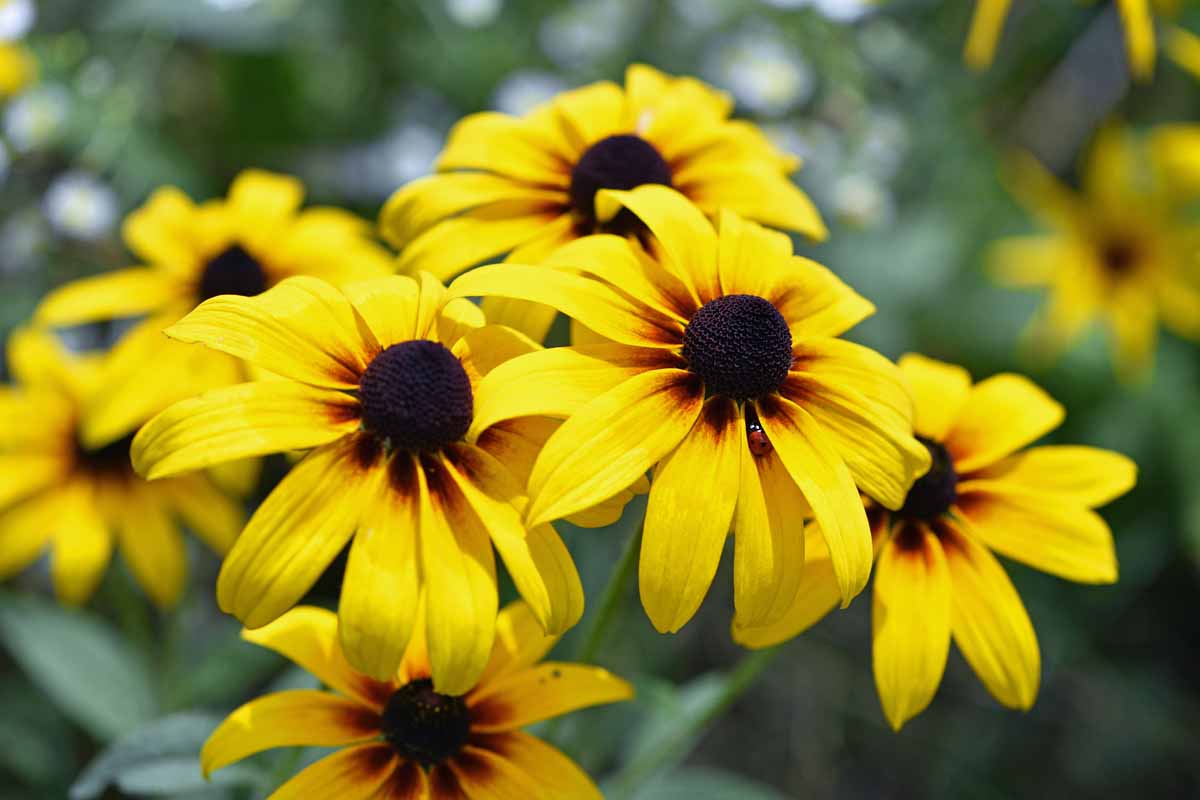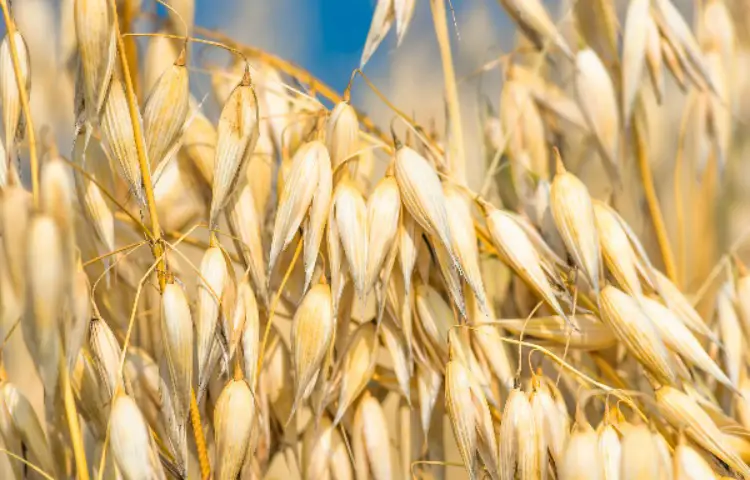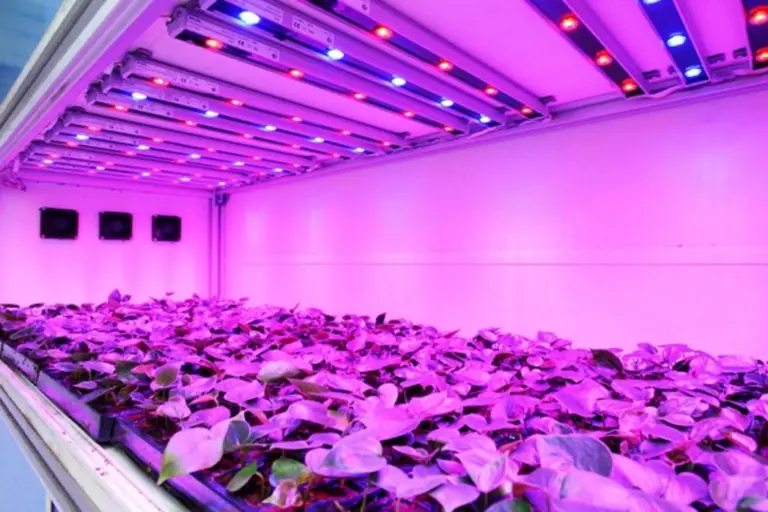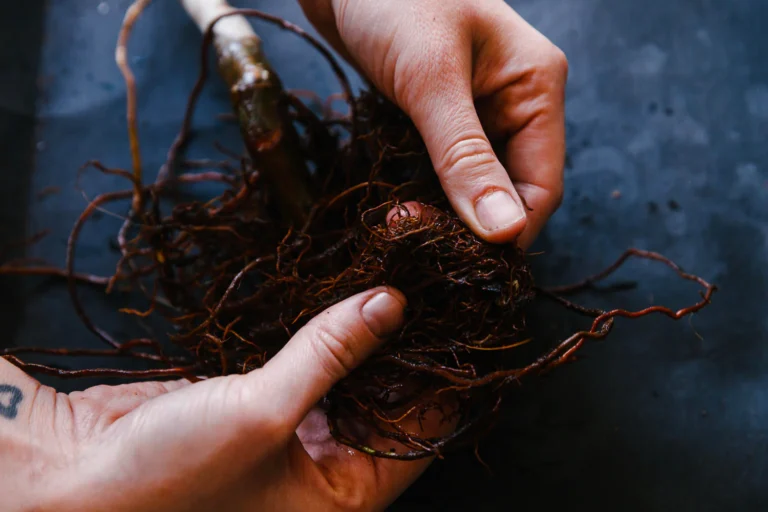Black-Eyed Susans Cultivation Handbook
Incorporating Black-Eyed Susans into Landscape Design and Garden Themes
Black-Eyed Susans (Rudbeckia hirta) are a beautiful addition to any landscape design or garden theme. Their vibrant yellow petals and dark brown centers add a burst of color and visual interest to beds, borders, and containers. These versatile flowers can be incorporated into various garden styles, from formal to cottage gardens, and they thrive in both full sun and partial shade. Their ability to attract pollinators, such as bees and butterflies, is an added bonus, making them a beneficial choice for ecological garden designs.
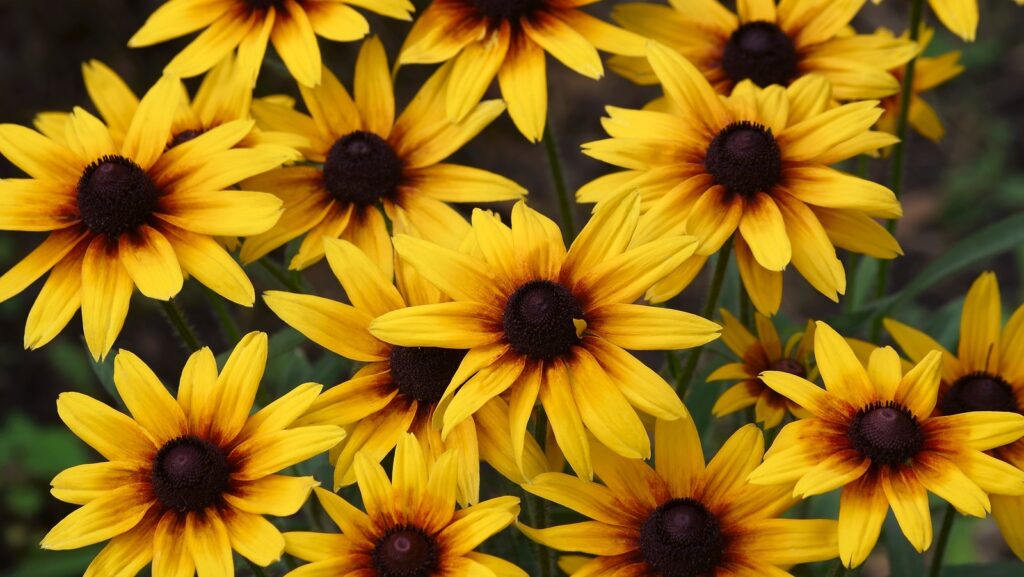
One unique question that often arises when considering the use of Black-Eyed Susans in landscape design is their lifespan. These perennial flowers have a relatively long lifespan, typically lasting three to four years with proper care. However, it is important to note that they may require dividing or replanting after a few years to maintain their vigor and prevent overcrowding. By dividing and replanting Black-Eyed Susans every three to four years, gardeners can ensure that these stunning flowers continue to thrive and provide beauty in their landscape designs.
What are Black-Eyed Susans?
Black-Eyed Susans, also known as Rudbeckia hirta, are flowering plants native to North America. They feature bright yellow petals surrounding a dark brown or black center, giving them their distinct appearance.
Can Black-Eyed Susans survive in different climates?
Yes, Black-Eyed Susans are adaptable and can thrive in a variety of climates, including both hot and cold regions. They are hardy perennials and can withstand harsh conditions.
How tall do Black-Eyed Susans grow?
Black-Eyed Susans typically grow to be around 2 to 3 feet tall, although there are shorter and taller varieties available. Their height makes them suitable for both front and backyards.
Do Black-Eyed Susans require a lot of sunlight?
Yes, Black-Eyed Susans are sun-loving plants and require at least six hours of direct sunlight each day to thrive. Planting them in areas with full sun exposure is recommended.
Can Black-Eyed Susans be grown in containers?
While Black-Eyed Susans are most commonly grown in gardens and landscapes, they can also be successfully grown in containers. Ensure the container has proper drainage and provide ample sunlight.
How do I care for Black-Eyed Susans?
Black-Eyed Susans are relatively low-maintenance plants. They prefer well-draining soil and should be watered regularly, especially during dry periods. Deadheading spent flowers can encourage more blooming.
When is the best time to plant Black-Eyed Susans?
It is best to plant Black-Eyed Susans in the early spring or fall when the temperatures are cooler. This allows them to establish their roots before the heat of summer or freezing winter conditions.
How can I incorporate Black-Eyed Susans into my landscape design?
Black-Eyed Susans can add vibrant pops of color to your landscape design. They can be planted in borders, flower beds, or mixed with other perennials. Their tall stature also makes them suitable for creating a backdrop in your garden.
Can Black-Eyed Susans attract pollinators?
Yes, Black-Eyed Susans are known to attract various pollinators, including butterflies and bees. They provide a valuable food source for these beneficial insects and can contribute to a thriving ecosystem in your garden.
Are Black-Eyed Susans deer-resistant?
Black-Eyed Susans are generally considered to be deer-resistant plants. However, in areas with high deer populations, they may still be susceptible to grazing. Applying deer repellents or using protective fencing can help deter deer.

